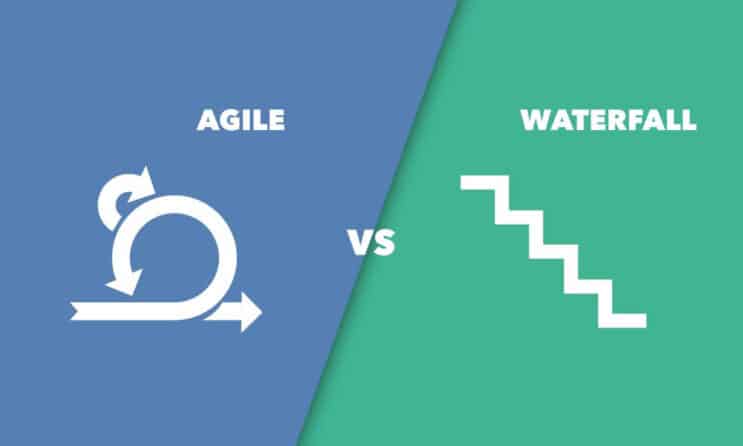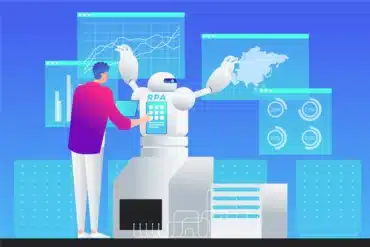By Ubaid Syed
Agile vs. Waterfall: A Comparative Analysis in Software Development
Introduction
In the realm of software development methodologies, Agile vs. Waterfall stand out as two prominent approaches, each with its unique characteristics and benefits. While Agile emphasizes adaptability and iterative development, Waterfall follows a sequential, structured process. In this article, we’ll delve into the differences between Agile and Waterfall methodologies, exploring their respective strengths and weaknesses to determine which drives more value in software development.
Agile Methodology:
First, Agile is a flexible and iterative approach to software development, focusing on delivering working software in short, incremental cycles. It emphasizes collaboration, adaptability, and customer feedback throughout the development process. Agile teams work in sprints, typically lasting from one to four weeks, where they prioritize tasks and deliver usable features at the end of each iteration. This iterative approach allows for faster time-to-market, increased customer satisfaction, and the ability to adapt to changing requirements.
Waterfall Methodology:
On the other hand, Waterfall is a linear and sequential approach to software development. It follows a structured process where each phase, such as requirements gathering, design, development, testing, and deployment, occurs sequentially. Once a phase is complete, the development team moves on to the next phase, with minimal opportunity for revisiting earlier stages. While Waterfall provides clear milestones and deliverables, it can be less flexible and adaptive to changes in requirements, potentially leading to longer development cycles and limited customer involvement until the final product is delivered.
Comparative Analysis:
When comparing Agile and Waterfall methodologies, several key differences emerge. Agile is highly flexible, allowing for changes and adaptations throughout the development process, whereas Waterfall is less flexible, as changes are difficult to accommodate once a phase is completed. Additionally, Agile encourages continuous customer involvement and feedback, ensuring that the end product meets customer expectations, while Waterfall involves less customer interaction until the final product is delivered, which can lead to misunderstandings and dissatisfaction.
Customer Involvement:
Furthermore, Agile promotes faster time-to-market by delivering working software in short iterations. While Waterfall may result in longer development cycles, as each phase must be completed before moving on to the next. In terms of risk management, Agile mitigates risks by identifying and addressing issues early in the development process. Whereas Waterfall may present higher risks, as potential issues may not be discovered until later stages.
Conclusion:
In conclusion, both Agile and Waterfall methodologies have their strengths and weaknesses. And the choice between them depends on the specific needs and requirements of the project. Agile is well-suited for projects with changing or evolving requirements, where flexibility and customer involvement are crucial. Waterfall may be more suitable for projects with well-defined requirements and a clear roadmap.
Ultimately, the key to success lies in selecting the methodology that aligns best with the project goals and objectives. While also considering factors such as team dynamics, project complexity, and customer preferences. By understanding the differences between Agile and Waterfall and their respective impacts on software development. So, organizations can make informed decisions to drive value and achieve success in their projects.







